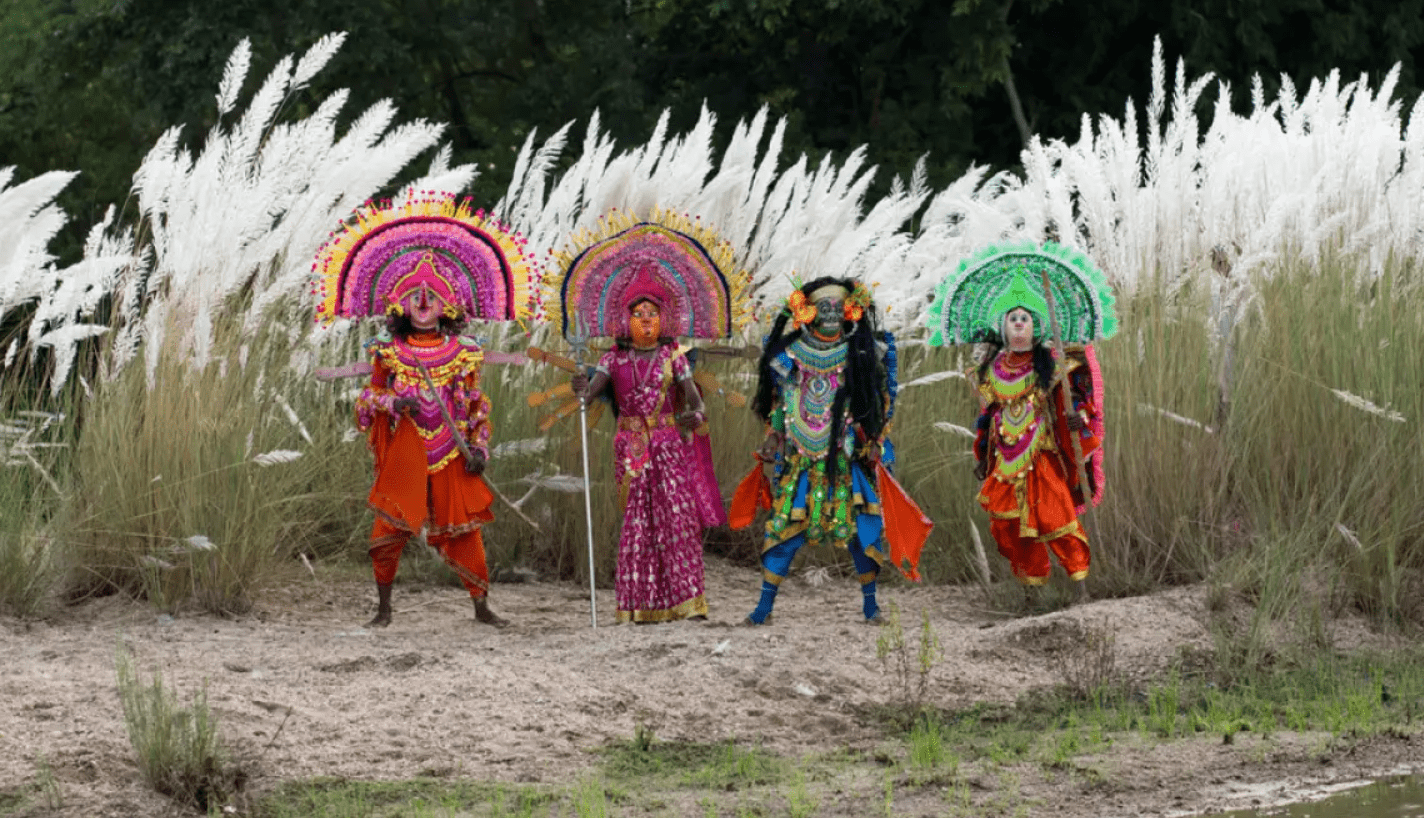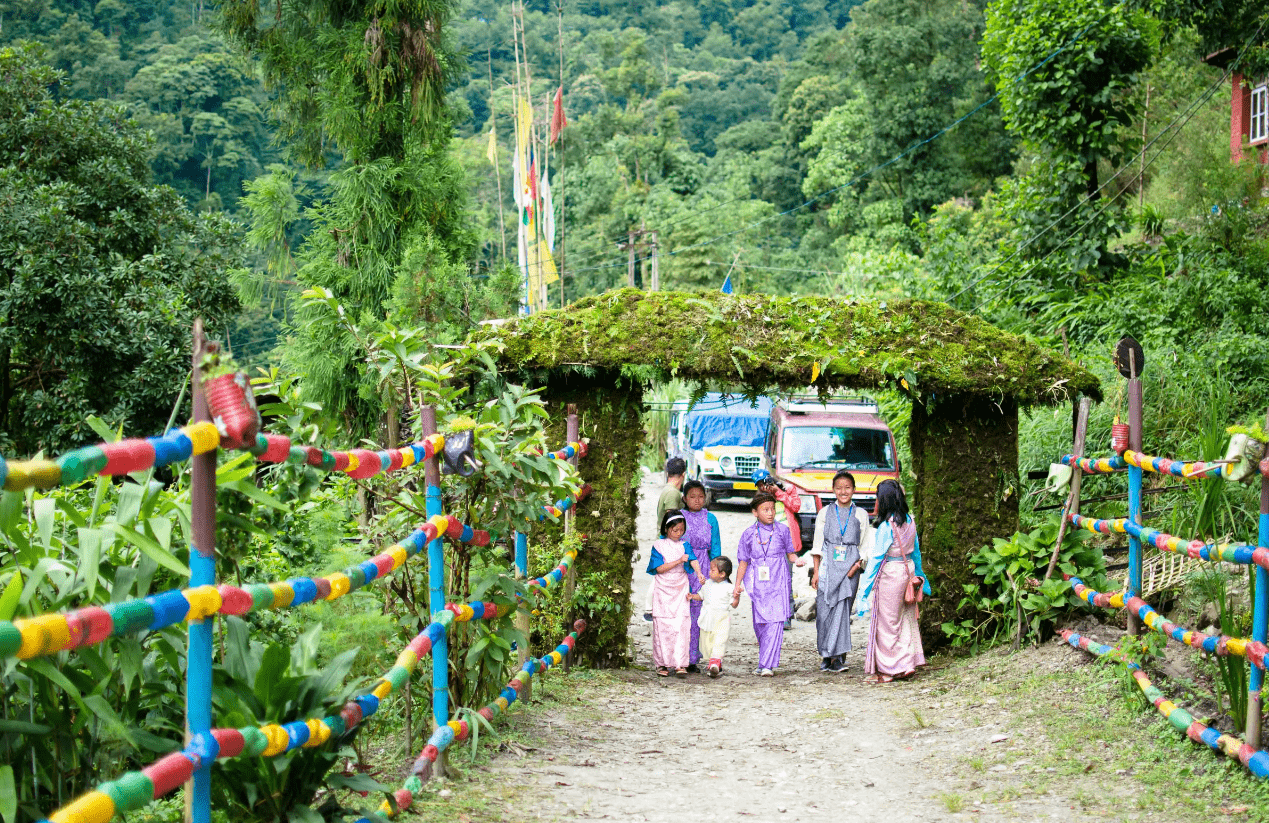India is a land of diverse landscapes, from the snow-capped Himalayas in the north to the tropical forests in the south. This diversity of terrain has given rise to a rich and varied wildlife, making India a paradise for nature lovers and wildlife enthusiasts. The country is home to a wide range of flora and fauna, including majestic tigers, graceful elephants, elusive leopards, and colorful birds. The Indian subcontinent is also known for its unique biodiversity, with many species of animals and plants found nowhere else in the world. The wildlife sanctuaries and national parks in India offer a glimpse into this natural wonderland, providing visitors with the opportunity to observe and appreciate the beauty of the country’s wildlife in their natural habitats.
The conservation of wildlife in India is of utmost importance, as many species are endangered or threatened due to habitat loss, poaching, and human-wildlife conflict. The Indian government, along with various non-governmental organizations, has been working tirelessly to protect and preserve the country’s natural heritage. Through conservation efforts and wildlife protection measures, India aims to ensure the survival of its diverse wildlife for future generations to enjoy. With its stunning landscapes and incredible biodiversity, India is a must-visit destination for anyone interested in experiencing the wonders of the natural world.
Key Takeaways
- India is home to a diverse range of wildlife, including tigers, elephants, rhinoceros, and more.
- When planning a safari adventure in India, it’s important to consider the best time to visit, the type of wildlife you want to see, and the specific national parks and sanctuaries to visit.
- Some of the top wildlife sanctuaries and national parks in India include Ranthambore National Park, Kaziranga National Park, and Bandhavgarh National Park.
- The “Big Five” of Indian wildlife include the Bengal tiger, Indian elephant, Indian rhinoceros, Asiatic lion, and Indian leopard.
- Safari activities and experiences in India can include jeep safaris, elephant safaris, bird watching, and nature walks, providing a variety of ways to observe and appreciate the wildlife.
- Conservation efforts and wildlife protection in India are crucial for preserving the natural habitats and species, with initiatives focused on anti-poaching measures, habitat preservation, and community involvement.
- Tips for a memorable safari adventure in India include booking accommodations in advance, hiring experienced guides, and respecting the wildlife and their natural environment.
Planning a Safari Adventure in India
Planning a safari adventure in India is an exciting and rewarding experience. With its vast array of wildlife sanctuaries and national parks, the country offers numerous options for visitors to immerse themselves in the beauty of nature and observe wild animals in their natural habitats. When planning a safari in India, it is important to consider the best time to visit, as well as the specific wildlife species you hope to encounter. The country’s diverse climate means that different regions are best visited at different times of the year, so it’s essential to do some research and plan your trip accordingly.
Another important aspect of planning a safari adventure in India is choosing the right accommodation. Many wildlife sanctuaries and national parks offer comfortable lodges and campsites within or near the reserve, providing visitors with an immersive experience in the heart of nature. It’s also crucial to consider transportation options, as some parks may require 4×4 vehicles or guided safaris for access to certain areas. Additionally, it’s advisable to book your safari experience with a reputable tour operator or guide who can provide valuable insights and ensure a safe and enjoyable wildlife viewing experience. With careful planning and preparation, a safari adventure in India promises to be an unforgettable journey into the heart of the wild.
Top Wildlife Sanctuaries and National Parks in India
India is home to some of the most renowned wildlife sanctuaries and national parks in the world, each offering a unique opportunity to witness the country’s diverse flora and fauna. One such park is Ranthambore National Park in Rajasthan, famous for its population of Bengal tigers. Visitors to Ranthambore can embark on thrilling safari experiences through its rugged terrain, with the chance to spot these majestic big cats in their natural habitat. Another iconic destination is Kaziranga National Park in Assam, known for its population of Indian one-horned rhinoceroses. This UNESCO World Heritage Site also boasts a rich variety of bird species and other wildlife, making it a must-visit for nature enthusiasts.
Bandhavgarh National Park in Madhya Pradesh is another top wildlife sanctuary in India, renowned for its high density of tigers and diverse ecosystems. The park offers a range of safari experiences, including jeep safaris and elephant safaris, allowing visitors to explore its lush forests and grasslands while observing its resident wildlife. For those interested in birdwatching, Keoladeo National Park in Rajasthan is a paradise for avian enthusiasts, with over 370 species of birds recorded within its wetland habitats. This bird sanctuary provides a tranquil setting for nature lovers to observe colorful migratory birds and indigenous species in their natural surroundings. These are just a few examples of the many incredible wildlife sanctuaries and national parks that India has to offer, each providing a unique opportunity to connect with nature and witness the country’s extraordinary biodiversity.
The Big Five of Indian Wildlife
| Animal | Habitat | Population | Status |
|---|---|---|---|
| Tiger | Forests and grasslands | 2,967 (2018 census) | Endangered |
| Elephant | Forests and grasslands | 27,312 (2017 census) | Vulnerable |
| Indian Rhinoceros | Grasslands and swamps | 2,575 (2018 census) | Vulnerable |
| Leopard | Forests, grasslands, and deserts | 12,000-14,000 (estimated) | Vulnerable |
| Asiatic Lion | Grasslands and scrub forests | 674 (2020 census) | Endangered |
While the term “Big Five” is commonly associated with African safaris, India is home to its own impressive array of iconic wildlife species that are equally captivating to observe in the wild. The “Big Five” of Indian wildlife includes the Bengal tiger, Indian elephant, Indian rhinoceros, Asiatic lion, and Indian leopard. These magnificent animals hold a special place in the hearts of wildlife enthusiasts and are highly sought after by visitors seeking an authentic safari experience in India.
The Bengal tiger is perhaps the most famous of the Big Five, with India being home to the majority of the world’s wild tiger population. Observing these elusive big cats in their natural habitat is a thrilling experience that draws travelers from around the globe. The Indian elephant is another iconic species that can be found across various national parks and wildlife sanctuaries in India. These gentle giants are revered in Indian culture and are a symbol of strength and wisdom. The Indian rhinoceros, particularly the one-horned rhinoceros found in Kaziranga National Park, is a rare and endangered species that holds great significance for wildlife conservation efforts in India. The Asiatic lion, found in Gujarat’s Gir National Park, is another emblematic species that has made a remarkable recovery from near extinction. Lastly, the Indian leopard, known for its elusive nature and striking beauty, can be observed in several national parks across the country. Encountering these magnificent creatures in their natural habitats is an awe-inspiring experience that leaves a lasting impression on all who have the privilege of witnessing them up close.
Safari Activities and Experiences in India
Embarking on a safari adventure in India offers a wide range of activities and experiences for visitors to immerse themselves in the natural beauty of the country’s wildlife sanctuaries and national parks. Jeep safaris are a popular choice for exploring the rugged terrain of these reserves, providing an exhilarating way to traverse through forests, grasslands, and riverbanks while searching for elusive wildlife. Elephant safaris offer a unique vantage point for observing animals from a higher perspective, allowing visitors to get up close to certain species such as tigers and rhinoceroses.
For those seeking a more immersive experience, nature walks and birdwatching excursions provide opportunities to appreciate the smaller wonders of the natural world, from colorful avian species to delicate flora. Boat safaris are also available in some parks, offering a tranquil way to explore wetland habitats and observe aquatic wildlife such as crocodiles and waterfowl. Additionally, many wildlife sanctuaries in India offer cultural experiences that allow visitors to learn about local indigenous communities and their traditional ways of life, adding depth and richness to the overall safari experience. Whether it’s tracking tigers on a jeep safari or birdwatching along serene waterways, there are countless safari activities and experiences in India that cater to every nature lover’s interests.
Conservation Efforts and Wildlife Protection in India

Conservation efforts and wildlife protection are paramount in India, where many species are threatened by habitat loss, poaching, and human-wildlife conflict. The Indian government has implemented various initiatives to safeguard its natural heritage, including the establishment of protected areas such as national parks, wildlife sanctuaries, and conservation reserves. These areas serve as vital refuges for endangered species and play a crucial role in preserving biodiversity.
In addition to government-led conservation efforts, numerous non-governmental organizations (NGOs) and wildlife conservation groups are actively involved in initiatives aimed at protecting India’s wildlife. These organizations work on various fronts, including anti-poaching measures, habitat restoration, community-based conservation programs, and public awareness campaigns. Furthermore, ecotourism initiatives have been developed to promote sustainable tourism practices that support local communities while minimizing negative impacts on the environment and wildlife.
One notable success story in Indian wildlife conservation is the recovery of the Indian rhinoceros population in Kaziranga National Park. Through concerted efforts by park authorities, NGOs, and local communities, the population of Indian one-horned rhinoceroses has increased significantly, showcasing the positive impact that collaborative conservation measures can have on endangered species.
Tips for a Memorable Safari Adventure in India
When embarking on a safari adventure in India, there are several tips to keep in mind to ensure a memorable and enjoyable experience. Firstly, it’s essential to research the best time to visit specific wildlife sanctuaries and national parks based on seasonal variations in animal sightings and weather conditions. Planning ahead and booking accommodations and safari experiences in advance is also advisable, especially during peak tourist seasons.
Choosing a knowledgeable guide or tour operator can greatly enhance the safari experience by providing valuable insights into local flora and fauna while ensuring safety during wildlife encounters. Packing appropriate clothing for varying weather conditions, including lightweight breathable fabrics for hot climates and warm layers for cooler mornings and evenings, is essential for comfort during safari excursions.
Respecting wildlife and adhering to park regulations regarding behavior around animals is crucial for both visitor safety and conservation efforts. This includes maintaining a safe distance from wild animals and refraining from feeding or disturbing them in any way.
Lastly, embracing the spirit of adventure and being open to unexpected encounters with nature’s wonders can lead to truly unforgettable moments during a safari adventure in India. Whether it’s witnessing a tiger prowling through dense foliage or observing an elephant herd at a watering hole, every moment spent in the wild offers an opportunity for connection with India’s extraordinary wildlife.
FAQs
What are Indian wildlife safaris?
Indian wildlife safaris are guided tours through national parks and wildlife sanctuaries in India, where visitors can observe and photograph a wide variety of animals in their natural habitats.
What are the most popular wildlife destinations in India?
Some of the most popular wildlife destinations in India include Ranthambore National Park, Kaziranga National Park, Bandhavgarh National Park, Jim Corbett National Park, and Kanha National Park.
What animals can be seen on Indian wildlife safaris?
Visitors to Indian wildlife safaris can expect to see a diverse range of animals, including tigers, elephants, rhinoceroses, leopards, deer, monkeys, and a wide variety of bird species.
What is the best time of year to go on an Indian wildlife safari?
The best time to go on an Indian wildlife safari varies depending on the specific location, but generally, the winter months from November to March are considered the best time for wildlife viewing due to the cooler temperatures and clearer skies.
What should I bring on an Indian wildlife safari?
Visitors to Indian wildlife safaris should bring comfortable clothing, sturdy walking shoes, a hat, sunscreen, insect repellent, binoculars, a camera, and any necessary medications. It’s also important to follow the guidelines provided by the safari operators to ensure a safe and enjoyable experience.



